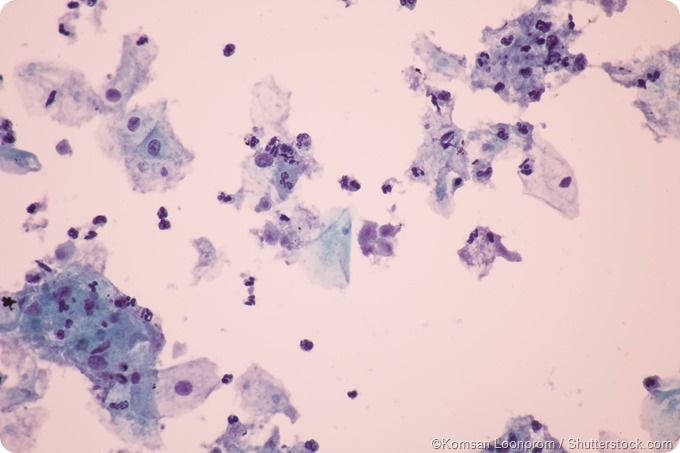For The Latest Medical News, Health News, Research News, COVID-19 News, Pharma News, Glaucoma News, Diabetes News, Herb News, Phytochemical News, Thailand Cannabis News, Cancer News, Doctor News, Thailand Hospital News, Oral Cancer News, Thailand Doctors
Trichomoniasis represents a condition caused by a free-living flagellated protozoan that shows the propensity for colonizing epithelial mucosal surfaces in humans. Humans are the only natural host of this parasite, and the condition is practically always transmitted sexually.

It is well-established that the majority of infections with Trichomonas vaginalis in women and men are asymptomatic (85 percent and 77 percent, respectively). Nevertheless, symptoms can and do occur, and approximately one third of asymptomatic women may develop symptoms of infection within six months.
If symptomatic, the primary feature of trichomoniasis in women is an inflammatory vaginitis, with characteristic clinical findings such as yellow vaginal discharge, pruritus of vulva, as well as vaginal and vulvar erythema. In women who are pregnant, trichomoniasis shows a significant association with a bloody, yellowish/green vaginal or cervical discharge that can also be malodorous (most notably after the addition of potassium hydroxide).
Upon clinical examination of the cervix, punctate friability (also known as a strawberry cervix) is often observed. There is also a change in vaginal pH value that increases to more than 5 in women with Trichomonas vaginalis infection (the normal vaginal pH is 4.5). Infection of the endometrium, adnexa, as well as Bartholin and Skene glands may also occur.
The spectrum of manifestations in men is still not completely characterized, but Trichomonas vaginalis has been recognized as an increasingly important cause of non-gonococcal urethritis, resulting in inflammatory urethral discharge. Nevertheless, other sites may also be involved (epididymis, seminal vesicles and prostate gland), while protracted asymptomatic carriage that predisposes to persistent sexual transmission is commonly observed.
Alongside the aforementioned urethral discharge, the most common complaints in symptomatic men are a burning sensation following ejaculation or urination, as well as irritation or itching inside the penis. In rare instances, infection with Trichomonas vaginalismay be parenchymal in location, such as when the median raphe of the penis is affected.
Unfortunately, there are still gaps in our knowledge of the natural history of infection in both men and women. However, we know that trichomoniasis in pregnancy can be linked to certain adverse outcomes such as pre-labor rupture of membranes, preterm delivery and low birth weight.
One recent meta-analysis of different randomized clinical trials estimated that pregnant women with trichomoniasis are 1.4 times more likely to experience a preterm delivery in comparison with women without the infection. Furthermore, those neonates sometimes presented with respiratory diseases and vaginitis.
An increased potential of acquiring co-infections with different pathogens (predominantly viruses) is also observed in those with Trichomonas vaginalis. For example, untreated or undetected infections increase the risk of both acquisition and transmission of human immunodeficiency virus (HIV), especially in regions where HIV is endemic.
Data has also shown that there is facilitated transmission of cytomegalovirus (CMV) from pregnant women to their fetuses in those with trichomoniasis. Interestingly, some research groups speculate that trichomonas may be capable of harboring and carrying other infectious agents from the lower to the upper genital tract.